Luxury giants tap into mainland market
Updated: 2013-11-11 10:07
By Zhao Xin (China Daily)
|
||||||||
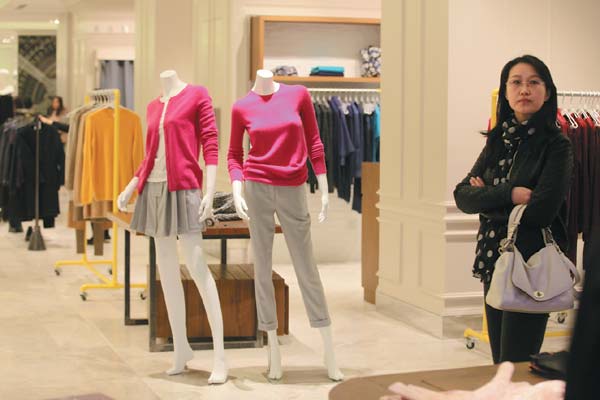 |
|
Wang Jing / China Daily |
That point is driven home to customers at the company's six-story, 47,000-square-meter store. The merchandise on offer ranges from statement jewelry and printed sweaters to pop shoes and designer T-shirts. Instead of shouting luxury, the ambience exudes a youthful energy, the kind that has charged through the many so-called street shots, randomly taken photos of stylish passersby in cities from Paris to Milan that are studied diligently by the fashion-infatuated millions worldwide. The prices for the majority of items in the store range from 1,000 yuan ($164) to 8,000 yuan.
Yu welcomed Lafayette's embrace of streetwise fashion. "Dressing up or dressing down? For me, the latter choice is for fashion insiders who are uninterested in displays of wealth, and are not new to the concept of studied casualness, or understated luxury."
But Yu's approval was not shared by all observers. In fact, Lafayette's friendly pricing and its choice of the Xidan area - arguably Beijing's busiest, and probably most crowded, place for youth shopping - has caused some to question the wisdom of this decision.
"Xidan is not particularly known for being an incubator of style, and it also has very little to do with high fashion in people's common perception," said Jiang Yi, a Beijing-based independent designer who has long operated his own boutique in Beijing's trendy Sanlitun area, an expat haunt in the northeast of the city. "There's an identity problem for Lafayette in choosing Xidan as its landing locale and physically juxtaposing itself with many local department stores that sell, in my view, clothes but not fashion, let alone style."
Jiang's other concern is that, by opening its arms to the middle classes, Lafayette may risk alienating its more privileged customers in a society where the wealthy insist on being treated accordingly.
It's not that Lafayette isn't taking note, according to Chemla. In fact, he's aiming for exclusivity, as evidenced more by the products than the price tags.
"Our Beijing store is focused on new and exclusive fashion brands," he said. "It carries around 500 brands. Of these, roughly 300 are directly imported and operated by the brand's own staff. The main reason for that is that the majority of them - around 200 - did not have any prior presence in China ... this goes hand-in-hand with our strategy to be the place where new brands and trends are launched in Beijing."
Chemla's determination to end the seemingly endless repetition of brands in many Chinese stores is shared by Andrew Keith, president of Lane Crawford, who has made the showcasing of emerging industry talents an anchoring point for his new store, which covers 14,000 square meters on Shanghai's high-tone Huai Hai Zhong Road.
"In China we see an increasing awareness of brand and product exclusivity," he said. "The Chinese are looking for brands that are relatively rare in the market."
"Rarity with renown" seems to be Lane Crawford's selection criteria when it comes to niche international designer labels. Chosen designers include Proenza Schouler, Jason Wu and Alexander Wang. Their popularity, Wu and Wang especially, among the Chinese fashion pack, is ably testified - probably to their delight and dismay - by the number of fake items being sold under their brand names on China's major online shopping portals.
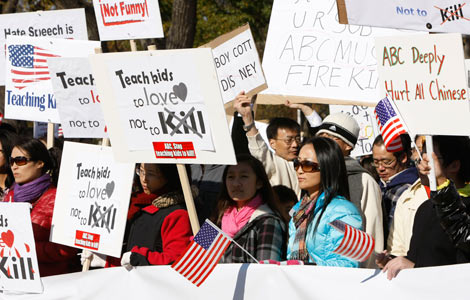
 Thousands rally over Kimmel show remark
Thousands rally over Kimmel show remark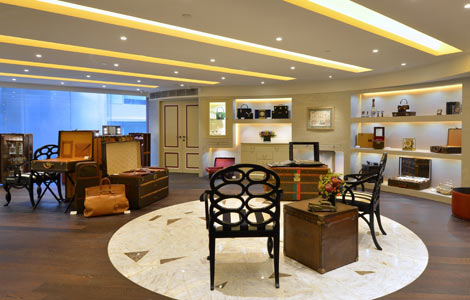
 They don't make things like they used to
They don't make things like they used to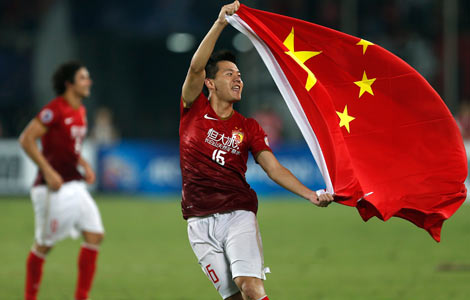
 Money isn't everything in success of nation's team
Money isn't everything in success of nation's team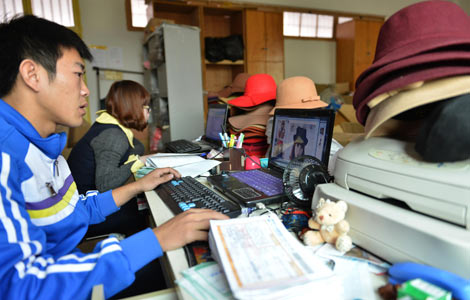
 'Singles Day' has shoppers ready to spend big
'Singles Day' has shoppers ready to spend big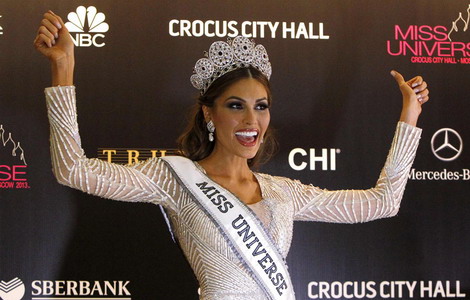
 Venezuelan is the new Miss Universe
Venezuelan is the new Miss Universe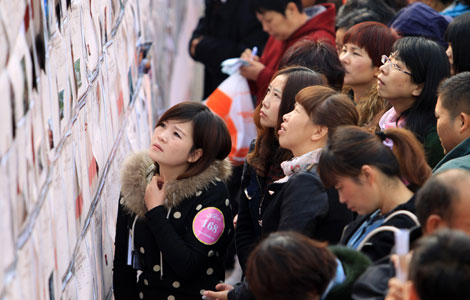
 Matchmaking events ahead of Singles' Day
Matchmaking events ahead of Singles' Day
 Philippine super typhoon kills at least 10,000
Philippine super typhoon kills at least 10,000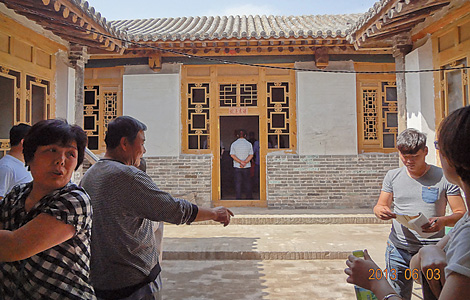
 At home with change
At home with change
Most Viewed
Editor's Picks

|

|

|

|
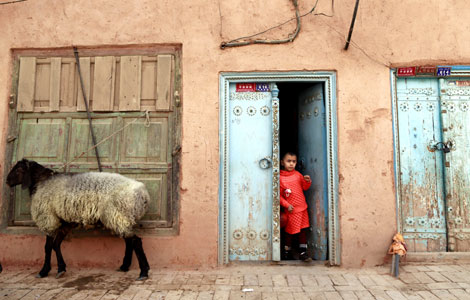
|

|
Today's Top News
Startup contest is a win-win for all
Incubators discussed in LA
Thousands rally over Kimmel show remark
Emitters join in carbon reductions
SOE reforms to be launched
'Singles Day' to see big spenders
Launch zone challenges
CPC session begins to set reform agenda
US Weekly

|

|





